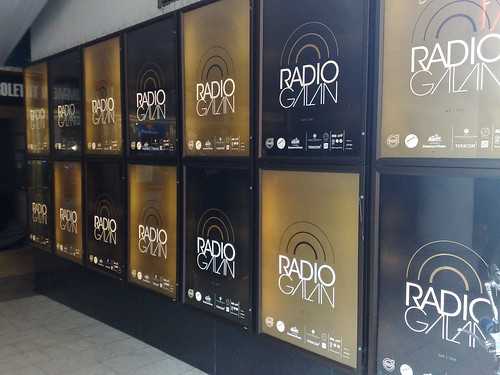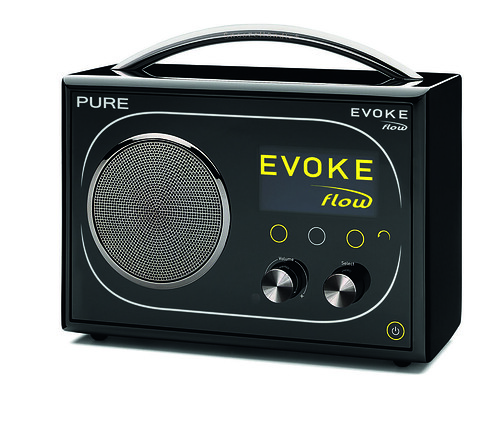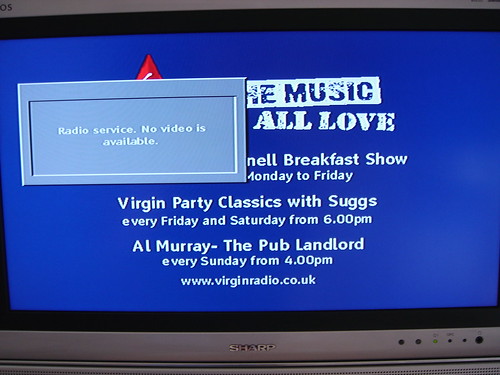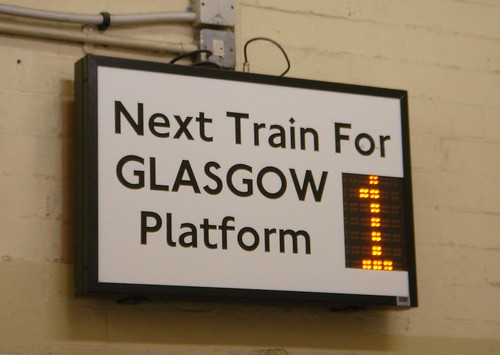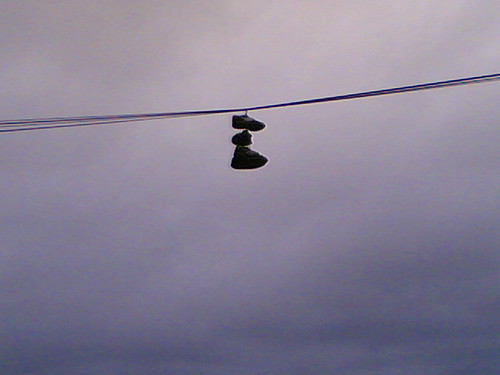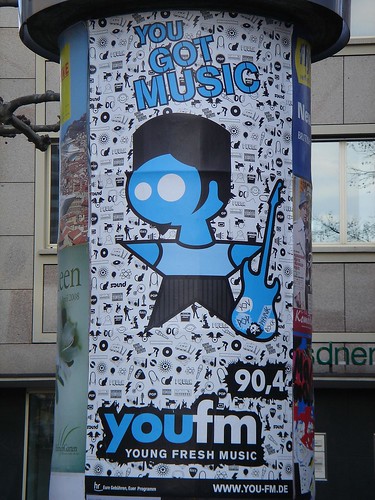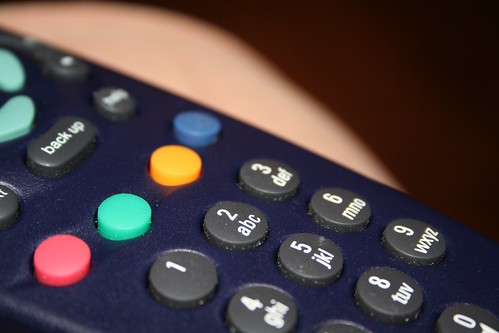I’ve been enjoying meeting colleagues from all over Europe and beyond in the last couple of days. Myself and James Cridland were invited to talk to a series of conferences in Sweden, Norway and Denmark about how you can combine radio and technology in interesting ways for listeners and advertisers*. Of course, to ensure that lots of people came to the session, it needed a buzzword, so it acquired the title Radio For The Facebook Generation. (You can download the script here).
The lineups for the conferences were really exceptional; indeed, more diverse and international than many of the conferences in the UK. Our fellow speakers included Dave Foxx (Big name producer from the US), Nik Goodman (UK Consultant – see James’ blog for a review of his session), Geoff Lloyd (Presenter at Absolute Radio), and Mark Ramsey – a guy who’s blog I’ve been following for ages, as he gives the US perspective on the effect that new technology is having on radio. Mark’s presentation was very impressive – hopefully he’ll publish some of it on his blog. On the huge stage and screen in Sweden, it really had impact. You might disagree with some of his analysis, and there’s plenty of debate about the speed of change, but I doubt anyone was left feeling that they could keep ploughing the same furrow for the next ten years.
James and I covered a bunch of subjects and projects that have come out of radio in the UK – things that we believe are innovative for listeners and advertisers*, and demonstrate how radio can use technology sympathetically to really improve the experience without undermining the core attributes that radio is loved for. So we talked about mi-XFM, RadioPop, Tagging, Visualisation, EPG, Text Information, Olinda – all useful milestones in the timeline of radio’s development.
What we both wanted to emphasise is that not only is it possible for public service and commercial radio companies to collaborate, it’s essential for the future development of radio. Individual companies alone can’t influence the direction of technology (not even the BBC), and consumer electronic companies need to see European sized markets to start integrating radio cleverly into devices. So I hope that what we showed was the practical benefits of Agree on Technology, Compete on Content.
It was also great to get questions from our host countries – three countries geographically and culturally close together, but with some differences in their radio industries. Norway has a strong national commercial radio station (P4 – nice building in Oslo), Denmark is doing brilliantly well with DAB Digital Radio, and Sweden has a really good selection of private stations. In all the countries, the private sector is in the minority against well-funded and heritage public service broadcasters, who don’t appear to face as rigorous questioning about the value of their public service as the BBC does in the UK.
For the first time, the green shoots of interest in Digital Radio are showing from the private radio sector. Their absence (either planned or unintentional) from Europe’s Digital Radio Plans (hereto dominated by the PSBs) has, in my opinion, been a real inhibitor to change. In a separate session, Joan Warner from Commercial Radio Australia brought a new, non-European perspective, about the benefits to commercial radio of digitisation, which in turn prompted questions more thoughtful and insightful than I’ve heard before in these sessions.
So I’ve come away from Scandinavia more hopeful than I ever have before that the private radio sector will be included (or will include themselves) better in the transition to digital, and can see that collaborating with their competitors and public service broadcasters in some areas in no way compromises their right to beat the daylights out of them in the ratings.
* Obviously, I was talking about the commercial benefits and benefits to advertisers. Even with the atmosphere of collaboration, I don’t think the BBC would be in a position to champion commercial benefits.
